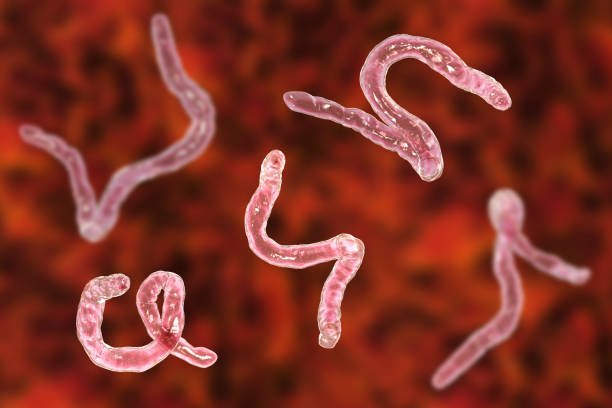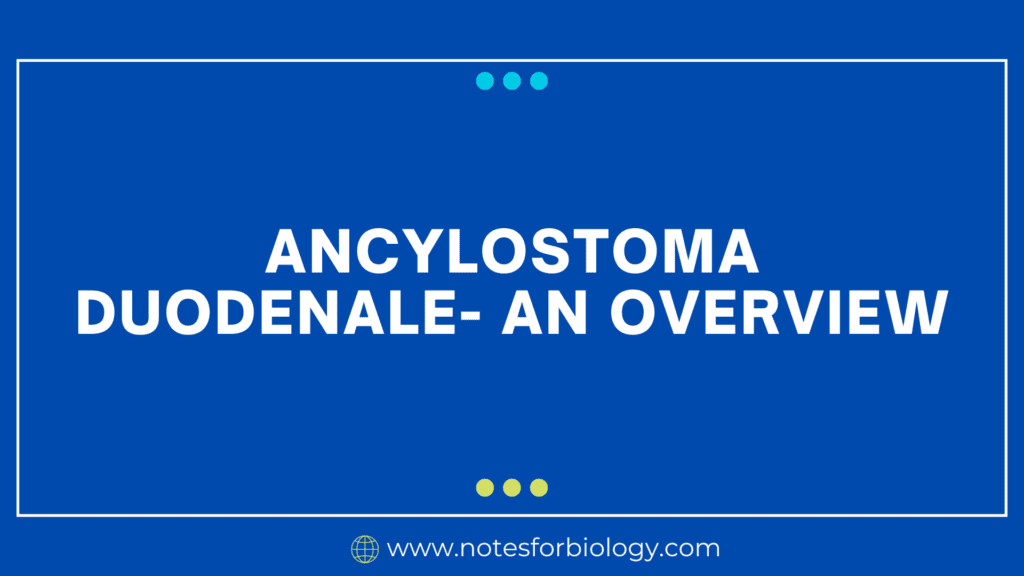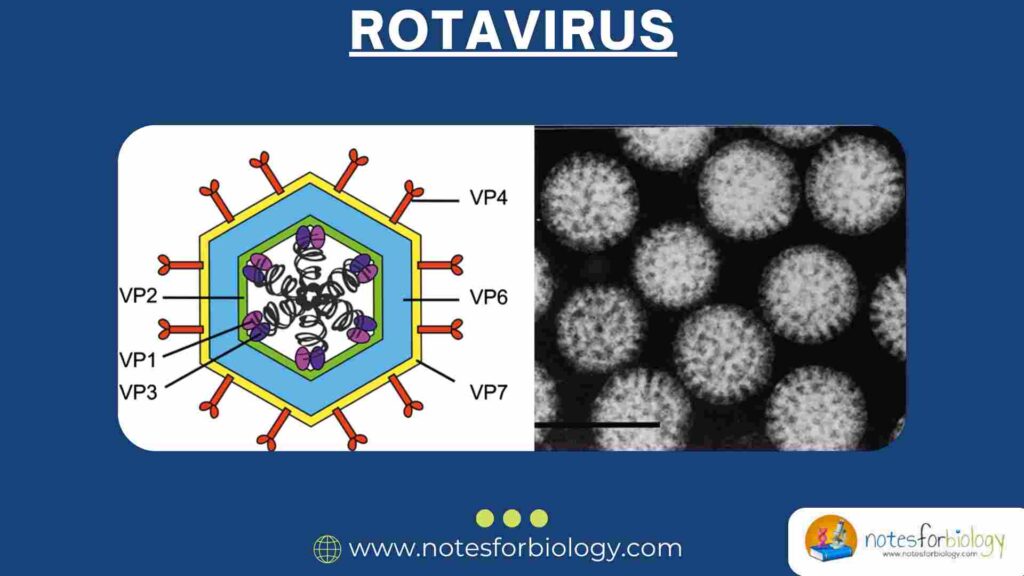Ancylostoma duodenale, is a kind of parasitic nematode. This particular kind of roundworm attacks people’s small intestines. The mouthparts of Ancylostoma duodenale resemble hooks, which it employs to cling to the intestinal wall and consume its host’s blood. The sickness known as hookworm disease, or ancylostomiasis, is brought on by this parasite and can cause symptoms like diarrhea, anemia, weakness, and exhaustion.
Table of Contents
What is Ancylostoma duodenale?
Ancylostoma duodenale is a species of parasitic roundworm. It is among the main species of hookworms that infect people. These parasites live in the human small intestine, where they adhere to the intestinal wall and consume blood. The mouthparts of Ancylostoma duodenale resemble hooks, which it employs to attach itself to the intestinal lining and make blood feeding easier.
When bare feet come into touch with contaminated settings, Ancylostoma duodenale larvae in the soil frequently pierce the skin, causing infection. The larvae then travel to the lungs through the circulation, where they are swallowed after being coughed up, and finally arrive in the small intestine, where they develop into adult worms.
Warm, humid conditions are typical habitats for Ancylostoma duodenale, especially in tropical and subtropical locations. Its spread is aided by elements like going barefoot in contaminated soil, inadequate hygiene practices, and poor sanitation. Wearing shoes to stop larvae from penetrating the skin, maintaining excellent hygiene, disposing of human waste properly, and deworming initiatives in endemic areas are examples of prevention and control strategies.

An overview of Ancylostoma duodenale
Taxonomy and Classification
Ancylostoma duodenale is a member of the Ancylostomatidae family and the phylum Nematoda. Along with Necator americanus, it is one of the two most prevalent species of hookworms that infect humans.
Morphology
Ancylostoma duodenale adult worms are tiny, with a length of approximately 1 cm. Their mouthparts include hook-like structures, thus the term “hookworms,” which they utilize to adhere to the intestinal wall and take in their host’s blood.
Life Cycle
The passing of eggs in the feces of infected individuals initiates the life cycle of Ancylostoma duodenale.
The eggs hatch into larvae in an appropriate habitat (warm, moist soil), and the larvae molt twice before becoming infectious larvae (L3 stage).When contaminated soil comes into contact with human flesh, the infectious larvae enter the body through the skin, commonly through bare feet.
The larvae enter the human host and travel through the bloodstream to the lungs, where they are swallowed after being coughed up. The larvae develop into adult worms in the small intestine, where they cling to the intestinal wall and start feeding on blood. The life cycle of adult female worms is completed by the release of eggs, which are excreted in feces.
Clinical Manifestations
Ancylostoma duodenale infection can result in ancylostomiasis, also referred to as hookworm sickness. Abdominal pain, diarrhea, weakness, weariness, anemia (from blood loss), and, on rare occasions, skin rashes (from larvae migrating through the skin) are among the symptoms. Severe infections can cause protein malnutrition, stunted growth in kids, and mental problems.
Epidemiology
Warm, humid conditions are home to Ancylostoma duodenale, especially in tropical and subtropical regions. Its spread is aided by elements like going barefoot in contaminated soil, inadequate hygiene practices, and poor sanitation. In places with low socioeconomic status and restricted access to sanitary facilities and clean water, the prevalence of infection is higher.
Prevention and Control
Wearing shoes to stop larvae from penetrating your skin, maintaining excellent cleanliness, disposing of human waste properly, and participating in deworming programs in endemic areas are some prevention techniques. In addition, control strategies include access to clean water, better sanitation, and health education to increase public knowledge of the dangers of hookworm infection.
Frequently Asked Question
What is Ancylostoma duodenale?
Ancylostoma duodenale is a parasitic nematode, commonly known as the human hookworm. It is one of the major species of hookworms that infect humans.
What are the Symptoms of Ancylostoma duodenale infection?
1. Abdominal Pain: This type of pain in the abdomen can vary from a slight discomfort to intense cramps.
2. Diarrhea: Those who have the infection may frequently pass loose or watery stools.
3. Anemia: Because Ancylostoma duodenale feeds on blood in the small intestine, iron deficiency anemia and blood loss may result. Anemia symptoms can include weakness, exhaustion, pale complexion, and dyspnea.
3. Weakness and Fatigue: Persistent blood loss and anemia can cause low energy, fatigue, and a sensation of weakness.
4. Skin Rash: At the site of larval penetration, usually on the feet or legs, some people may have a rash. The cutaneous larva migrants, also referred to as “ground itch,” rash is brought on by larvae migrating through the skin.
Related Article




